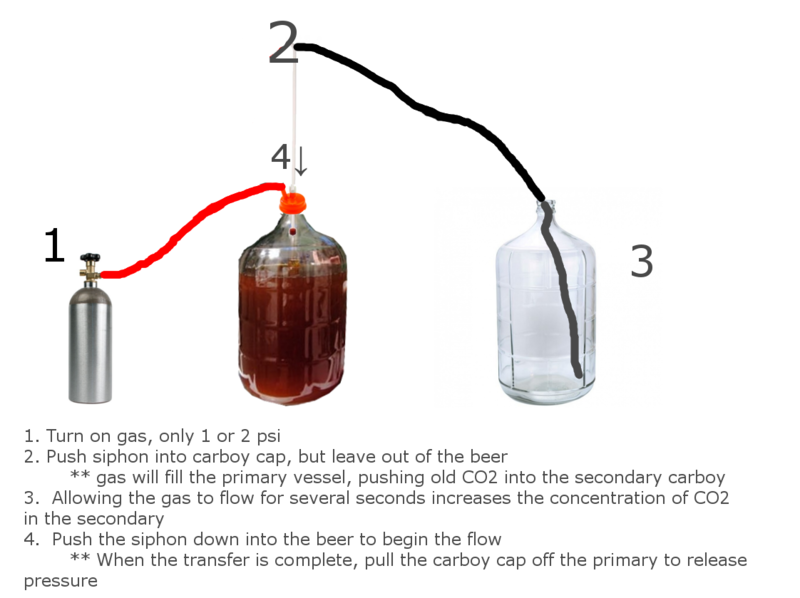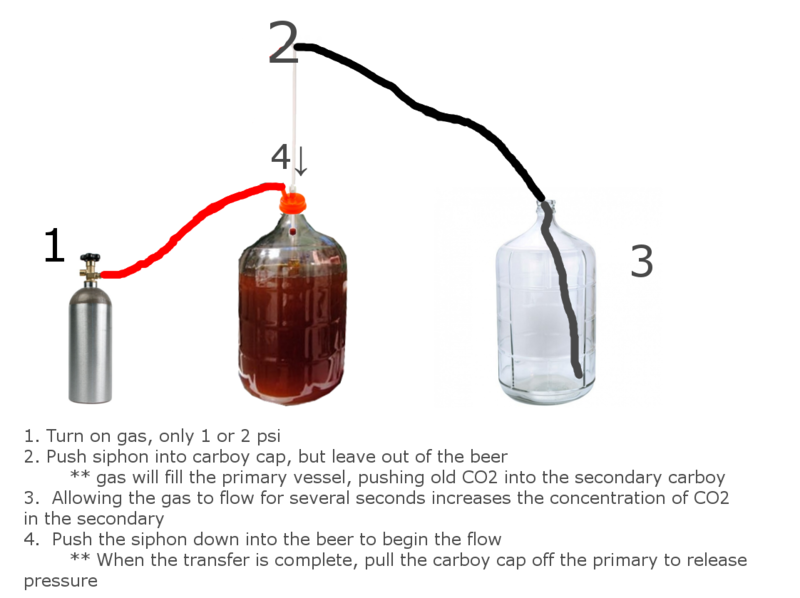MSK_Chess
enthusiastic learner
Personally I like to rack my beer off the yeast cake. Anyway there seems a fashionable trend at the moment to leave everything in the primary. The main reason that this is proffered is to reduce oxidization and any chance of contamination.
Dealing with the latter first I don't think this is entirely valid. Probably our beer has just about fermented out when we transfer and has reasonable levels of alcohol and if we keep good hygiene as practically all home brewers do the chances of an infection at this stage are pretty minimal.
But to oxidization. This is a different matter. If we are transferring from carboy to carboy then there will be surface disturbance and some oxygenation will inevitably occur. My question is this, if we reduce the head space to an absolute minimum and if we transfer early when the krausen is just beginning to drop and the yeast is still relatively active will it not consume all of the oxygen in the new vessel? What do you guys think?
Dealing with the latter first I don't think this is entirely valid. Probably our beer has just about fermented out when we transfer and has reasonable levels of alcohol and if we keep good hygiene as practically all home brewers do the chances of an infection at this stage are pretty minimal.
But to oxidization. This is a different matter. If we are transferring from carboy to carboy then there will be surface disturbance and some oxygenation will inevitably occur. My question is this, if we reduce the head space to an absolute minimum and if we transfer early when the krausen is just beginning to drop and the yeast is still relatively active will it not consume all of the oxygen in the new vessel? What do you guys think?





